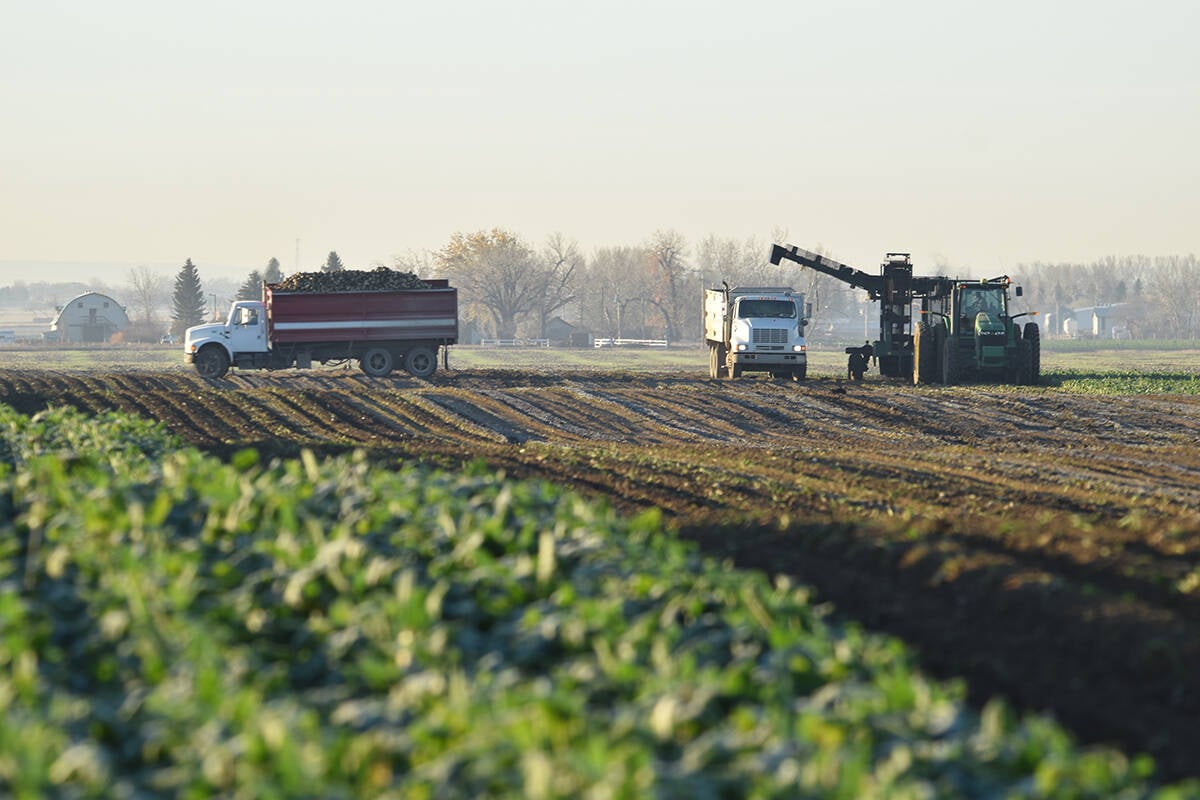This is the time of year when producers need to exercise caution when burning stubble or using a burning barrel to clean up yard debris.
“Spring is a particularly dangerous time for grass fires,” said Elvin Reimer, fire centre manager with Saskatchewan’s environment ministry.
“The most explosive burning conditions are likely to happen before mid-June in the days and weeks after the snow has melted and before the grass, brush and trees develop green growth to replace last year’s dead vegetation.”
The fuel on the ground is dry, ignites easily and burns vigorously, particularly in windy conditions, as evidenced by an April 29 grass fire near Melville, Sask.
Read Also

Canada the sole G7 nation without a Domestic Sugar Policy to aid local sugar beet production
Canadian sugar beet industry vastly different to US with free-market system compared to protective government-regulated sugar program
Tyrone Mogenson, fire chief for the City of Melville, said a producer was burning the remnants of the previous year’s alfalfa crop on one of his fields six kilometres east of the city.
“The wind got a little bit stronger than what he anticipated and it got out of control on him,” Mogenson said.
About three hours later 1,500 acres of cropland had been burned along with old barns and sheds and newer bins. Flames threatened a neighbour’s yard, but firefighters managed to keep the blaze at bay.
Smoke covered a portion of Highway 15, causing a three vehicle collision when a semi loaded with grain tried to navigate through the haze and drove into the rear driver’s side of a Melville fire truck parked on the shoulder of the road.
Moments later a Chevrolet Impala coming from the opposite direction hit the semi, which was sprawled across both lanes. Nobody was injured in the crash but the vehicles suffered substantial damage.
“Another half a second, my guy would have been stepping out of the truck and would have been hit by the semi along with our truck. It was too close for comfort,” said Mogenson, who added drivers need to wait for the smoke to clear before proceeding at a slow speed.
The farmer who started the fire is on the hook for the estimated $8,000 cost of employing seven firefighters from Melville and four from Yorkton, plus their equipment to fight the blaze.
Mogenson said the most important lesson for farmers is to have the proper equipment to control a fire if it gets out of hand, including a sprayer, water truck and a cultivator or discer to create a fire break.
Reimer said farmers need to watch over their fires, avoid burning under hot and windy conditions and should be particularly careful around farmyards.
The bottom line is producers need to be extra vigilant in spring until everything greens.
“All things being equal, the danger is a little less when that happens,” he said.















